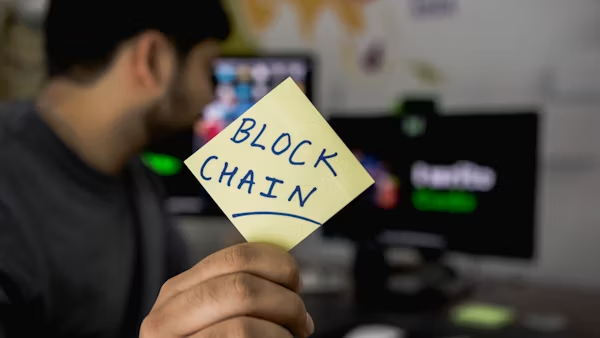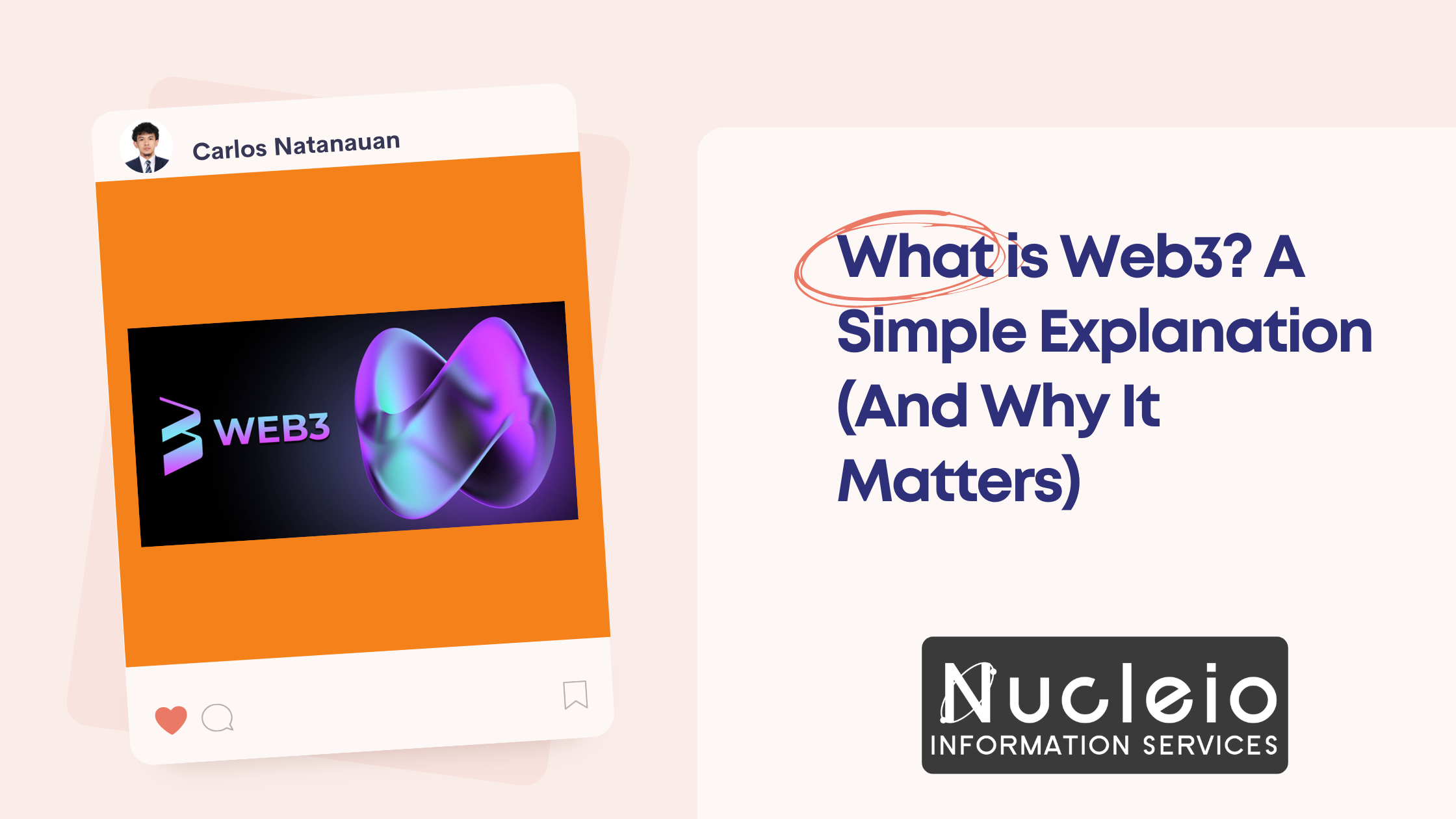The internet is changing. You might have heard about this thing called “Web3″– the next generation of the web. But what exactly is it, and why should you care? Let’s break down Web3 in easy-to-understand terms.
Web 1.0 vs. Web 2.0 vs. Web3
To grasp Web3, let’s look at its predecessors:
- Web 1.0 (The Early Days): Think of Web 1.0 as a read-only internet. Websites were simple, static pages of information.
- Web 2.0 (The Social Web): The era we’re in now! Web 2.0 is about interaction and user-generated content. Think social media, blogs, and e-commerce. But a few big tech companies control most of the data.
- Web 3.0 (The Decentralized Web): Web3 aims to revolutionize how we interact with the internet. It’s about:
- Decentralization: No single entity controls the web.
- Ownership: Users truly own their data and digital assets
- Enhanced Intelligence: AI and machine learning create more personalized experiences
Key Features of Web3
- Blockchain: The backbone of Web3. A secure, transparent ledger that keeps records of transactions and ownership.

- Cryptocurrency: Digital currencies native to Web3 environments, enable direct transactions without intermediaries like banks.
- NFTs (Non-Fungible Tokens): Unique digital assets that prove ownership of things like art, music, or even virtual real estate.

- DAOs (Decentralized Autonomous Organizations): Communities governed by code and shared rules instead of a leadership hierarchy.
Why Web3 Matters
- Greater Control: Users get control over their data and who profits from it.
- Security and Transparency: Blockchain makes transactions verifiable and nearly tamper-proof.
- New Economic Models: Creators can connect directly with their audience, cutting out middlemen.
The Potential and Challenges of Web3
Web3 promises a more equitable, creator-friendly internet. But, there are challenges too:
- Complexity: Web3 concepts and technologies can be a barrier to entry.
- Scalability: Blockchains can be slow and expensive, especially as they grow.
- Regulations: Legal frameworks are yet to catch up with Web3 innovations.
Despite the challenges, Web3’s disruptive potential is immense. It could reshape the way we interact online, and who holds power in the digital world.

